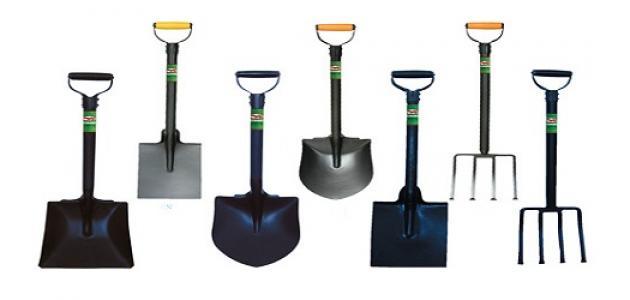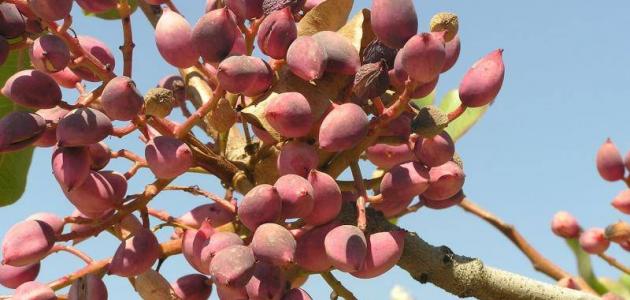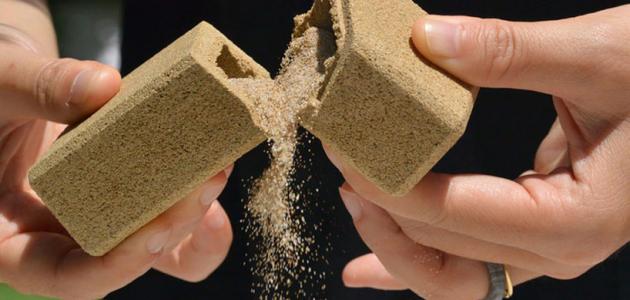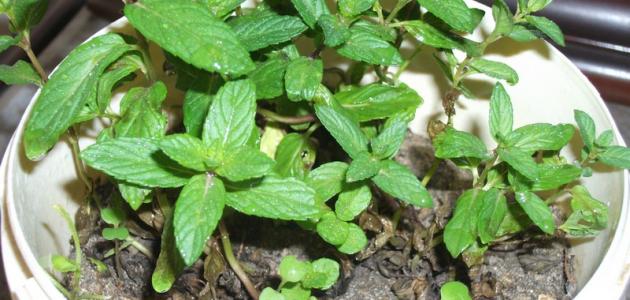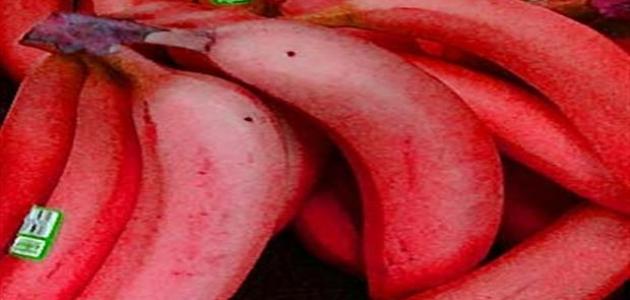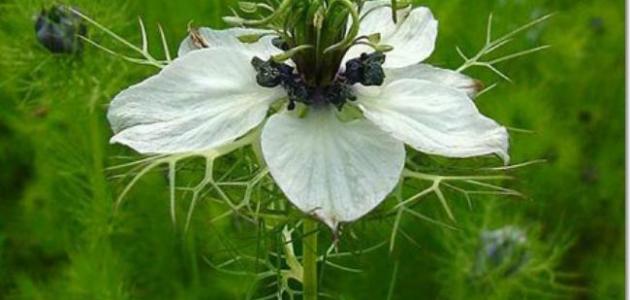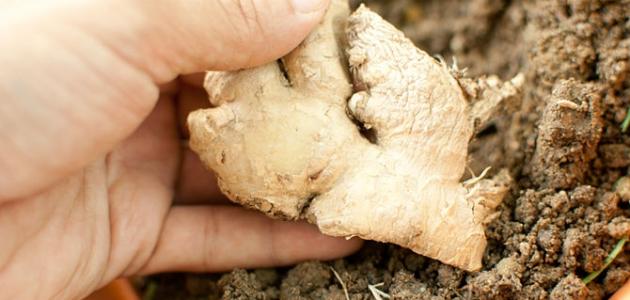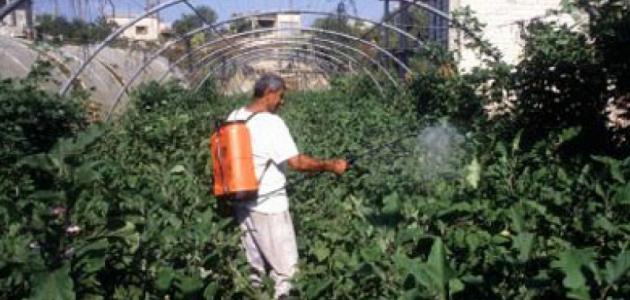Farming tools names
Digging and plowing tools
Among the most important digging and plowing tools are the following:
- Hand trowel: (in English: Trowel) is a small shovel that you hold in your hand, and it is very useful for transporting seedlings and removing weeds, and it is important that the handle is not thick to make it easy to hold, and the sponge handles are the most comfortable, and it is preferable that the shovel head be safe and not composed of two pieces Also, the narrow-headed shovel is easier to use than the broad-headed one, and it is mentioned that schools or gardens must contain 4 or 6 shovels, and they must be available in at least two different sizes of handles.
- The big shovel: (in English: Shovel) This is the most widely used tool in agriculture, and it is available in many sizes and shapes, so choosing the appropriate shovel depends on the person who will use it and the reason for using it, and it is wrong to use a heavy shovel that cannot be handled easily or that is large in size for the process that will be carried out Where the shovels with a pointed head are suitable for digging, while the flat shovels are suitable for transporting materials, and the short-arm shovels with a pointed head are suitable for planting large plants, and it is necessary to have different shovels in one garden, such as: short-arm shovels with a letter-shaped handle (D), long-arm pointed shovels of two different sizes, long-arm flat shovels, and short-arm coal shovel for transporting sawdust.
There are other tools for digging and plowing, as follows:
Read also:How to grow pineapple- Pick: The pick-mattock is used for digging channels, breaking up the soil and hard rock above it, and removing logs.
- hoe: The grab-hoe is used to loosen soil and turn large particles into small ones.
- squeegee: Spade is used for moving waste or soil, digging channels, and mixing soil with each other or with other materials.
- digging fork: (in English: spading fork) It is used to loosen and turn the soil, and remove the remains of crop roots.
Leveling and ground preparation tools
Among the most important equipment for leveling and preparing the ground are the following:
- garden comb: (English: rake) is used to clean the ground and level the surface of the soil.
- light hoe: (in English: light hoe) It is used for loosening and leveling the soil, and digging furrows for planting crops.
- Hand shovel: (in English: hand trowel) It is used to loosen the soil around plants, and add small amounts of fertilizer to it.
cleaning martials
There are many types of rake; Including the lawn rake, and the garden rake. The first type is designed to remove leaves and weed residue from the surface of the soil, as it is flat and fan-like and has springy teeth. The combs are classified according to the material from which they are made to the following:
- Iron comb: (in English: Steel-tine rakes) This type of comb has metal and springy teeth, meaning that it returns to its place again, and it is important to paint it with oil before storing it for a long time to protect it from rust.
- Polypropylene comb: (In English: Polypropylene rakes) This type does not rust like the iron comb, and it does not break like the bamboo comb, as it consists of a metal structure at the teeth and the area of contact between the head and the arm, and it is advised to store it inside the house to protect it from disintegration due to light.
- bamboo comb: (in English: Bamboo rakes) This type of comb is light in weight in addition to being rustless, and it consists of a metal structure at the teeth and the area of contact between the head and the arm. It is recommended to store it away from the sun and rain.
- garden comb: (in English: Garden rakes) This type is different from the regular grass comb, as it has a head with evenly distributed teeth, and the distances between the teeth are larger than those in the grass comb, and this type of comb is used to level the soil and mix nutrients, and it is recommended to store it well in The times when it is not used so as not to rust.
pruning tools
Trees and plants are pruned annually to preserve their health and beauty, and diseased or dead parts are removed, and light pruning of flower bushes can be carried out using hand shears, but large branches and twigs require the use of large shears or pruners (in English: loppers), and the appropriate tool must be chosen The hand of the worker because the pruning process is arduous and requires repetitive movement, and there are other factors that affect the process of choosing the appropriate pruning shears, such as: the purpose of pruning, the types of pruning shears available, the appropriate time to carry out the process, whether in summer or autumn, and the type of plant to be pruned.
Read also:Research on soil componentsGrafting and mounting tools
Among the most important grafting and installation tools are the following:
- grafting knife: (in English: Budding‑cum‑grafting knife) This knife consists of two blades, the first for cutting buds and the second for making cuts in the plant to be grafted. It is made of alloy steel or carbon steel, and its length ranges from 6.5 to 7.5 cm, and its width is 1.5 cm.
- Pruning knife: (in English: Pruning or slashing knife) This knife is used to remove thick and unwanted branches, and it is made of alloy steel or high carbon steel, and its head is curved to facilitate the cutting of small branches.
- pruning shears (in English: Pruning shear) is a scissors with two blades, the first is sharp and made of alloy steel or carbon steel, and the second is blunt and made of copper and is used to support branches when cutting, as the branch is placed between the two blades and presses them to cut.
- nippers: (English: Secateur) It is used to trim branches that are as thick as a pencil, and to remove leaves from branches.
Care of farming tools
Agricultural equipment and tools need constant care to remain in the best condition, and this is done by following the following procedures:
- Sharpening equipment blades periodically to facilitate their use, as shovel blades are sharpened at an angle of 45 degrees with a file, and pruners are sharpened at the same angle as the blade by a whetstone or by a carbide sharpener. .
- Cleaning agricultural tools used with plants infected with diseases and pests to prevent their spread to other plants, by following these steps:
- Sterilize pruning shears blades by wiping them with a solution of alcohol, water and bleach at each use, especially after pruning diseased plants.
- Cleaning tree pruning shears with a nail brush or a loofah with soapy water, then drying them, lubricating the middle screw to allow the scissors to move smoothly, and making sure that the other screws are tightly tightened and not loosened.
- Wipe the wooden handles with a cloth dampened with a little oil to prevent cracks after each use, and sand them twice each season, then wipe them with linseed oil to form a protective layer for them.
- Remove plant residues and stuck branches with saws and pruning shears, then wipe them with a cloth.
- Soak the equipment that contains rust spots in a solution of water and vinegar at a concentration (1:1) for 24 hours, then dry it with paper towels, and remove the rust by rubbing it with steel wool.
- Clean shovels, picks, and harrows with a stiff wire brush with a scraper, a piece of cloth, and a bucket filled with sand moistened with mineral or linseed oil.
- store wooden-handled equipment indoors in a dry place, such as: shed, garage, or closet; To keep it from moisture and give it a longer life.
Safety procedures when using agricultural tools
It is advised to follow safety procedures when using agricultural tools, including the following:
Read also:What do I plant in my home garden?- Keep agricultural equipment out of the reach of children.
- Follow the instructions provided in the instructions booklet for tools and equipment, and handle them with care.
- Contact a specialist doctor in the event of any accident.
- Ensure that all agricultural equipment and tools are not damaged and have no faults.
- cleaning of equipment and tools before and after use in the field; To prevent the spread of agricultural diseases and pests.
Farming tools overview
The use of appropriate tools and equipment facilitates work in the garden and makes it enjoyable, as there are many tools in the market, some of which must be acquired because they make the work easy and fast, and some agricultural tools may be complex, so it is necessary to know how to use each tool to improve and increase production, It is noteworthy that lightweight hand tools also develop the agricultural production process.
